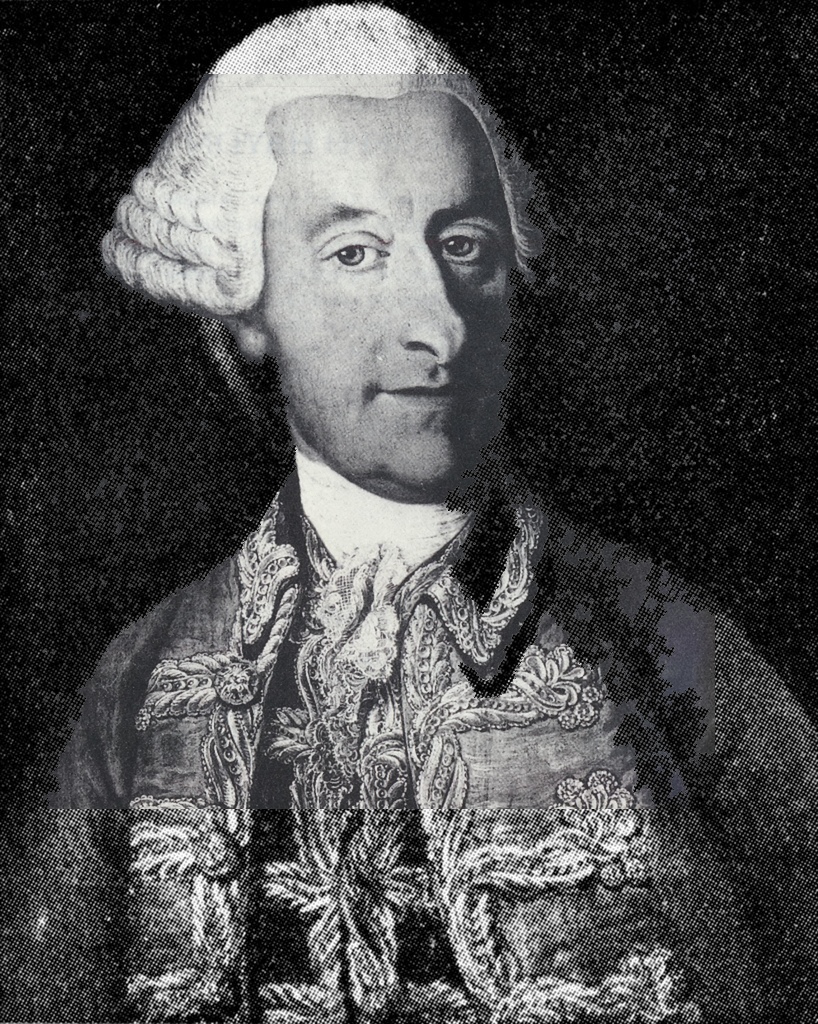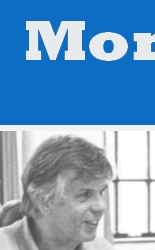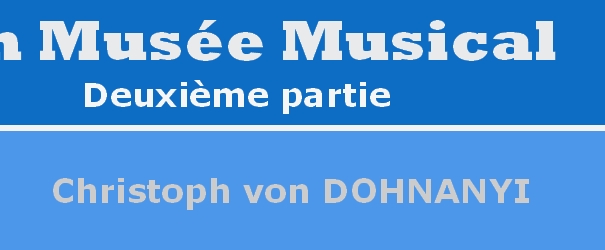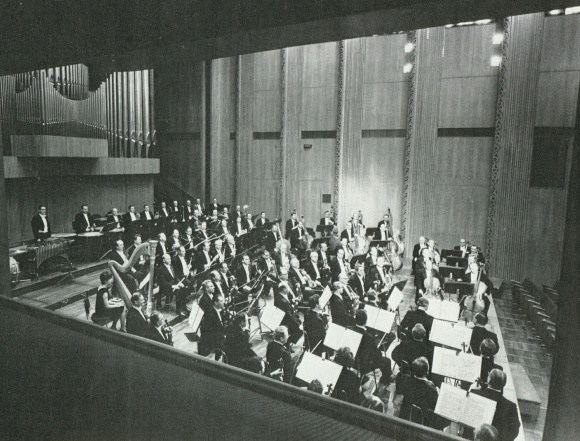Joseph HAYDN
Symphonie No 9 en do majeur
Koelner Rundfunk-Sinfonie-Orchester
Christoph von DOHNANYI, 1967
Selon les notes de H.C. Robbins Landon publiées dans le 8e volume, symphonies 1 à 19 de l'intégrale des symphonies de Haydn enregistrée sous la direction d'Antal Dorati, l'autographe daté de 1762 appartenait autrefois à Artariax & Co, Vienne, les éditeurs de Haydn: il a entretemps disparu. Un jeu de parties daté de 1766 est conservé dans les archives de l'Abbaye de Göttweig.
Dans l'ordre chronologique, cette 9e symphonie est la 23e composée par Joseph Haydn, écrite entre les symphonies No 33 et 108 („B“).
Une courte description:
"[...] Symphony No. 9 in C. Scoring: 2 flutes, 2 oboes, bassoon, 2 horns and strings, to which we have added a harpsichord continuo. [...].
Ending as it does with the «Menuetto & Trio», we have suggested elsewhere that the Symphony might originally have served as the overture to one of the many shorter Italian operas that Haydn conducted at Eisenstadt in 1762 and 1763 (we have the titles of many of them: «Il dottore», «La vedova», «Il sganarello» and «La Marchesa Nespola», but only some of the music of the latter has survived).
Also the whole thematic material and organization of the opening movement is more that of an overture than a real symphony; it reminds us very much of Haydn’s Overture to «Acide e Galatea». The opening movement is scored for oboes, horns and strings.
The «Andante» introduces two flute parts and drops the horns.
In the «Menuetto» we return to the scoring of the first movement, except for one surprise in the «Trio» (a delicious waltz which astonishes because of its early age): in the second part we read, over the bass line “Fagotto” and later “Tutti bassi”. The solo bassoon part is the bass line of a charming wind band section. It shows that Haydn expected the bassoon to double the bass line even although not specifically required until this tiny solo in the Trio. (Incidentally, none of the known Morzin symphonies contains any bassoon parts; this might mean that Symphony “B”, which contains a bassoon solo in the Trio, is an early work for Eisenstadt rather than one of the Morzin group.). The minuet as a whole is by far the most attractive movement of the symphony
[...]" cité des passionantes notes de Howard Chandler ROBBINS LANDON référenciées plus haut.
Pour plus de détails sur les différents mouvements de cette symphonie, voir cette page en allemand de Wikipedia.
L'Orchestre symphonique de la Radio de Cologne
dans la grande salle de la Maison de la Radio, une vue prise depuis la régie
À l'époque de cet enregistrement - 1967 - Christoph von DOHNANYI était le chef titulaire de l'Orchestre symphonique de la Radio de Cologne (Kölner Rundfunk-Sinfonie-Orchester). D'après l'annonce faite lors de la rediffusion de cet enregistrement, il s'agit de l'une des premières prises de son faites en stéréo à Cologne. Le caractère stéréo est toutefois peu prononcé.
Voici donc...
Joseph Haydn, Symphonie No 9 en do majeur, Koelner Rundfunk-Sinfonie-Orchester, Christoph von Dohnanyi, 1967
 1. Allegro molto 03:06 (-> 03:06)
1. Allegro molto 03:06 (-> 03:06)
 2. Andante 02:39 (-> 05:45)
2. Andante 02:39 (-> 05:45)
 3. Menuetto. Allegretto - Trio 03:22 (-> 09:07)
3. Menuetto. Allegretto - Trio 03:22 (-> 09:07)
Provenance: Radiodiffusion, archives WDR resp. ARD
que vous pouvez obtenir en...
pour un téléchargement libre
3 fichier(s) FLAC et 1 fichier PDF dans 1 fichier ZIP





